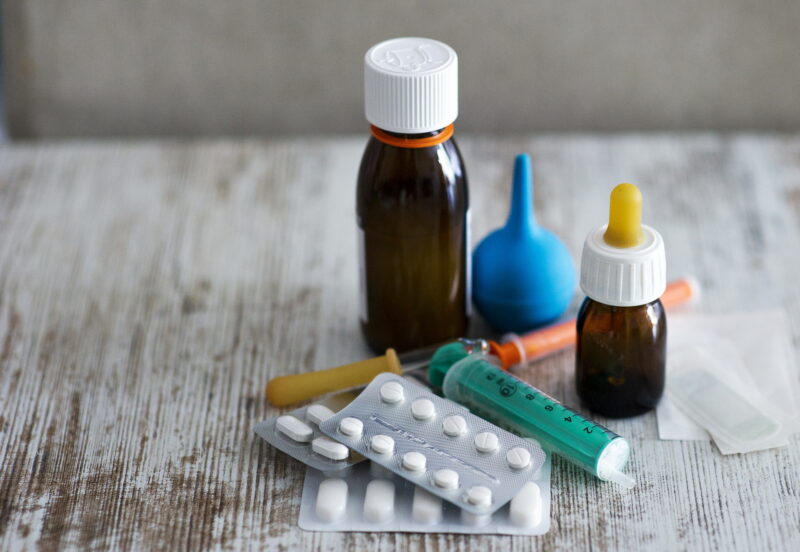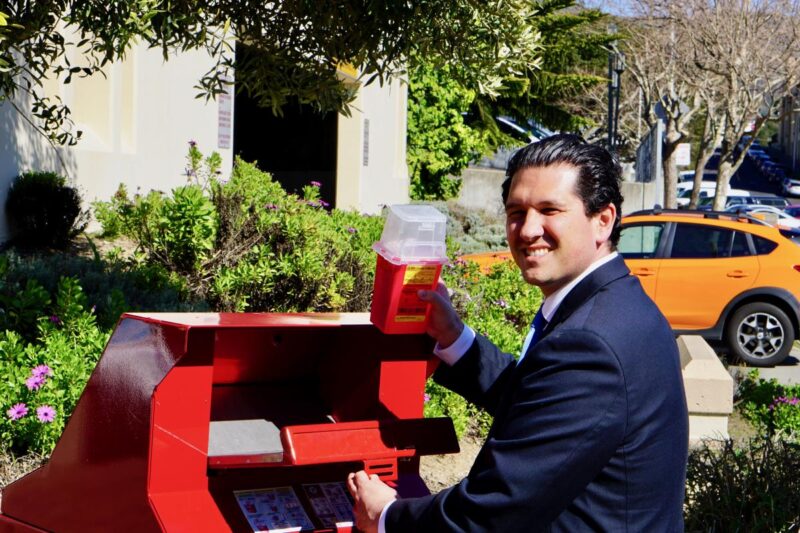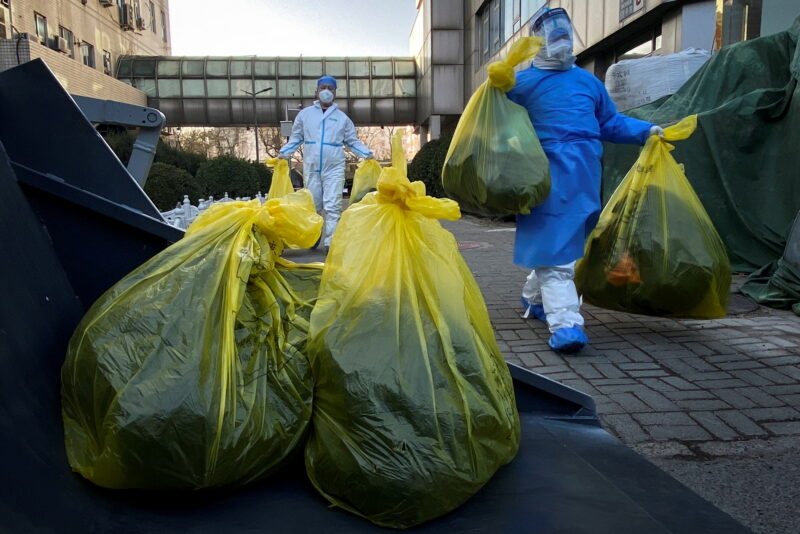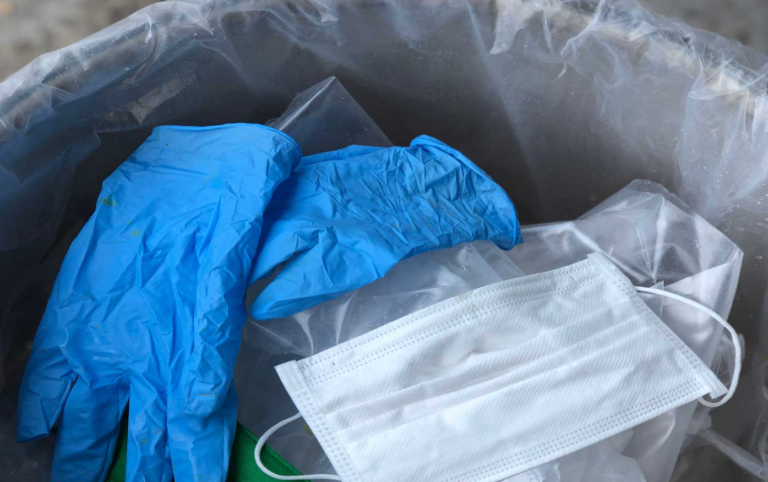Are you concerned about disposing of medical waste safely and properly? Don’t worry, we’ve got you covered!
In this article, we will guide you through the steps to dispose of medical waste correctly at home – no hassle required. You’ll learn how to keep your family safe and protect the environment. So let’s get started!
Reasons to Dispose of Medical Waste at Home
As medical procedures become more commonplace outside of medical facilities, particularly due to the COVID-19 pandemic, it is becoming more important that individuals understand how to safely dispose of their medical waste. This is especially true for situations where an individual must manage and dispose of their own medical waste at home.
Proper medical waste management will help to protect themselves and those around them from potentially hazardous materials that may be present in the waste. With proper disposal techniques and a good understanding of why disposing of medical waste correctly is so important, individuals can rest assured that they are taking the necessary steps to keep themselves and others safe.

The following are some key reasons why it’s important to dispose of medical waste properly at home:
- Prevent Infectious Diseases: They can contain organisms from biological material such as sharps or syringes used in medical or home treatment that could make people sick if not discarded properly. Proper disposal methods help reduce the risk of spreading infections or diseases by reducing contact with the material that may have been exposed to potentially infectious agents.
- Reduce Environmental Pollution: Improper disposal of sharps or medication containers can lead to environmental damage if disposed of in an unsecured landfill or through unregulated waterways such as toilets and drains. Responsible disposal helps maintain clean environments near our homes, work sites, recreational areas, and public spaces while protecting both human health and animal welfare.
- Maintain Sanitary Conditions: Improper disposal techniques can cause unpleasant odors which can foster unsanitary conditions in your home environment leading to possible illnesses caused by bacteria or other contaminants carried by fly populations attracted by the smell. Following safe practices, while disposing of materials helps maintain a healthy and pleasant living environment free from nuisance odors caused by biological matter left behind after improper handling techniques have been used.
Steps to Properly Dispose of Medical Waste at Home
With the advancement in medical technology and treatments, it is becoming increasingly important to understand how to properly dispose of medical waste at home. Not only is proper disposal important for safety reasons, it is also critical for protecting public health. Whether you are disposing of a simple band-aid or larger medical treatments such as chemotherapy, these are the same steps you must take to ensure your own safety and that of your community.
Here are some steps on how to safely dispose of medical waste at home:
- Collect all materials that must be discarded – Ensure all containers used for collecting and storing waste are specifically designated for this purpose and labeled with a biohazard logo. Also be sure to use gloves when handling any contaminated material, particularly items with bodily fluids such as needles or syringes.
- Separate hazardous from non-hazardous materials – Carefully sort through items collected according to their size and composition (ie biodegradable versus non-biodegradable materials) so they can be disposed of correctly
- Put infectious materials in a sealed container – For small amounts of infected wastes like needles or syringes, place them in a sharps container or other sealable container prior to disposal
- Store hazardous wastes out of reach – Make sure all medical wastes collected, hazardous and non-hazardous, are kept away from children or pets (ideally locked away).
- Donate usable supplies when possible – Look into local programs that accept donations of usable medical equipment (such as walkers or wheelchairs). These donations benefit those in need who can’t afford new equipment and prevent unnecessary wastage!
- Dispose of hazardous material appropriately – Check with your local municipality about their policies regarding collections from homes for disposing of biohazard items; many cities offer drop-off locations for safe disposal. Always keep proof of delivery when disposing of online biohazards from home
By utilizing these steps, you can reduce environmental exposure risks to yourself and others associated with improper disposal practices. Additionally following these instructions will help ensure compliance with government regulations about handling infectious materials which may help save you costly fines in the future!
Tips for Safely Disposing of Medical Waste at Home

The following tips will help you safely dispose of medical waste at home:
- Make sure you choose a secure sharps container specifically designed for used needles and syringes. Regular garbage cans are not safe containers for disposing of these items.
- Follow any instructions provided on the package when using a sharps container. This could be in terms of how full the container should be before it is sealed and disposed of.
- Keep plastic containers out of reach of children and pets. Some containers have extra safety features like locking lids to help prevent accidental contact with needles and syringes inside them.
- Contact your local municipality or trash collection service for information about specific disposal guidelines in your area. Some areas may require that you fill out a special form or take additional steps when disposing of certain kinds of medical waste at home.
- Never put loose syringes, needles or any other kind of sharp objects in recycling bins or regular garbage cans; sharps disposals are always required by law in most areas. Dispose of medical wrapping materials such as bandages with regular household trash after ensuring they are free from visible bloodstains.
Conclusion

Concluding our guide, we have highlighted key ways in which you can safely and responsibly dispose of medical waste at home. Although you may need to act on precautions set by local municipal laws, the majority of households consist of general and small amounts of medical waste that can easily be disposed of at the local refuse center.
When handling large quantities of potentially hazardous medical waste at home, however, it is best to contact professional services that specialize in healthcare waste management and medication disposal. Handling medical waste requires knowledge and up-to-date expertise on how to do so properly according to various environmental legislation and regulations. When in doubt, prevent any further risk by reaching out for help.

